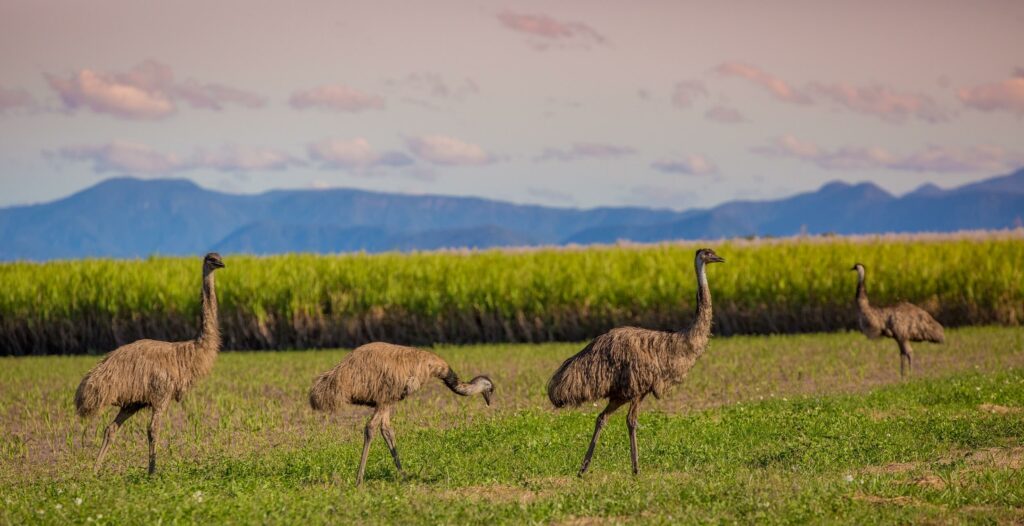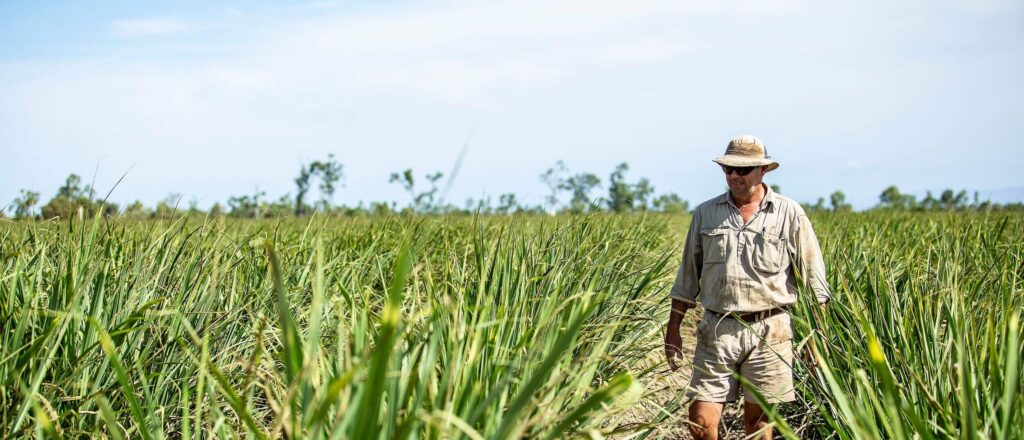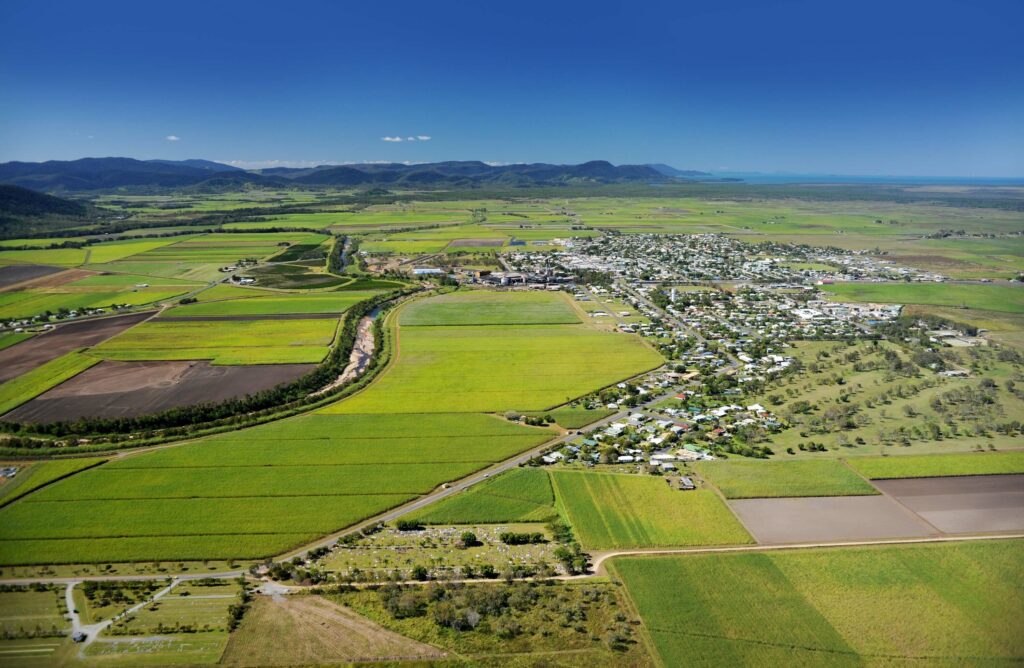Uncovering the History of Proserpine
Nestled in The Whitsundays region, Proserpine has a rich heritage and deep-rooted ties to the land. It’s in the name! Proserpine is the Roman name for the Greek goddess of fertility, Persephone.

From the sugar cane fields that stretch across the plains to the vibrant traditions of the First Nations people, the Gia people. Proserpine’s history combines industry, resilience, and cultural heritage.
Discovering Indigenous History: The Gia People of Proserpine
Long before the sugar cane fields stretched across Proserpine, the area was home to the Gia people, whose connection to the land spans thousands of years. The Gia are the traditional custodians of Proserpine and surrounding areas, with a culture and heritage deeply intertwined with the natural landscape. Their knowledge of the land and its resources is a testament to their harmonious relationship with the environment, something they continue to pass down through generations.

The Gia people’s stories, traditions, and respect for the land are preserved through ongoing community efforts and cultural programs. Proserpine celebrates this heritage by supporting initiatives to educate locals and visitors about the area’s Indigenous history.
The Rise of the Sugar Cane Industry
In the late 19th century, Proserpine’s fertile soil and tropical climate attracted settlers eager to cultivate crops. Sugar cane quickly became the region’s primary crop, shaping the economy and the community. By the 1890s, the Proserpine area saw the establishment of sugar plantations, and within a few decades, the town had transformed into a thriving hub for the sugar industry. The construction of the Proserpine Sugar Mill in 1897 marked a significant milestone, providing local employment and cementing Proserpine’s status as a key player in Queensland’s sugar production.

Here are some fun facts about the Australian sugar industry:
- 31m tonnes of sugarcane are produced annually in Australia.
- Over $2b worth of Raw sugar is sold internationally annually.
- 95% of Australia’s sugar is produced in QLD, with the remaining 5% produced in NSW.
Over the years, the industry evolved, adopting modern machinery and refining processes that boosted productivity. However, the heart of Proserpine’s sugar industry remains its community, as generations of families have worked the fields, carrying forward a legacy of hard work and resilience. Today, the sugar cane industry is still integral to Proserpine’s economy, symbolising the enduring connection between the land and the people.
A Living History
Proserpine’s story is one of evolution— from an agricultural settlement built on the backbone of sugar cane to a town that honours its Indigenous roots. Today, visitors to Proserpine can explore both aspects of this history, from tours of the sugar cane plantations and the mill to cultural sites that offer insight into the traditions of the Gia people.

Proserpine’s history isn’t just preserved in museums or historical sites; it’s alive in the fields, the river, and the community. By recognising and respecting both its agricultural heritage and Indigenous roots, Proserpine provides a unique glimpse into the resilience and cultural richness that define The Whitsundays.